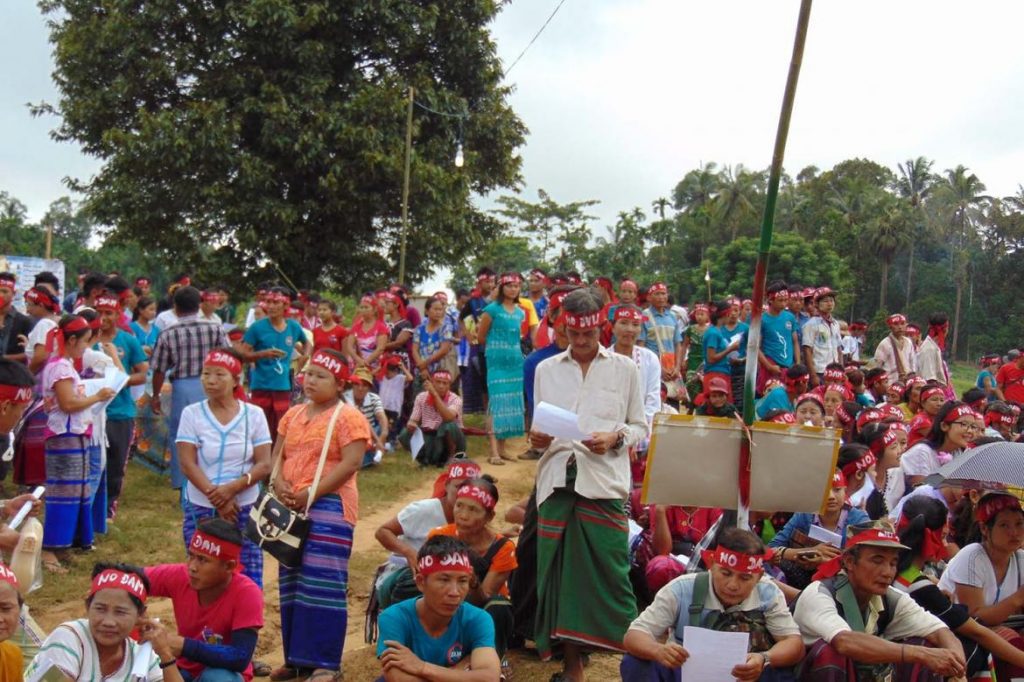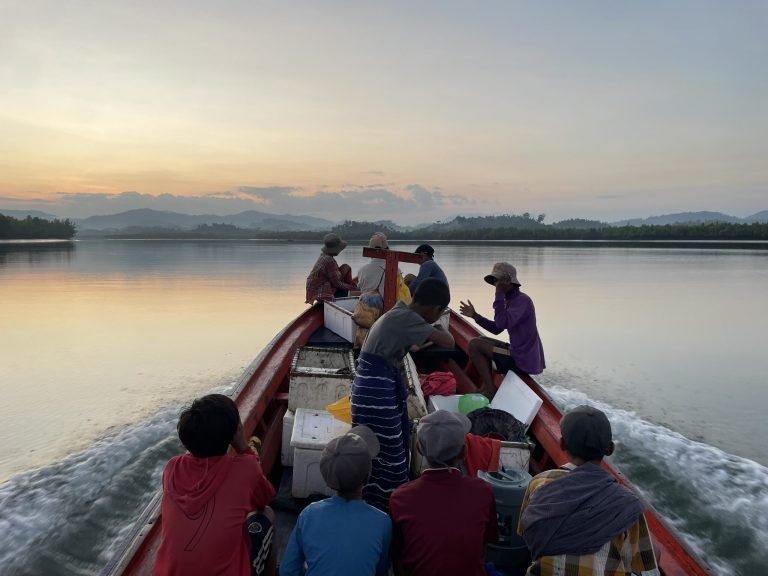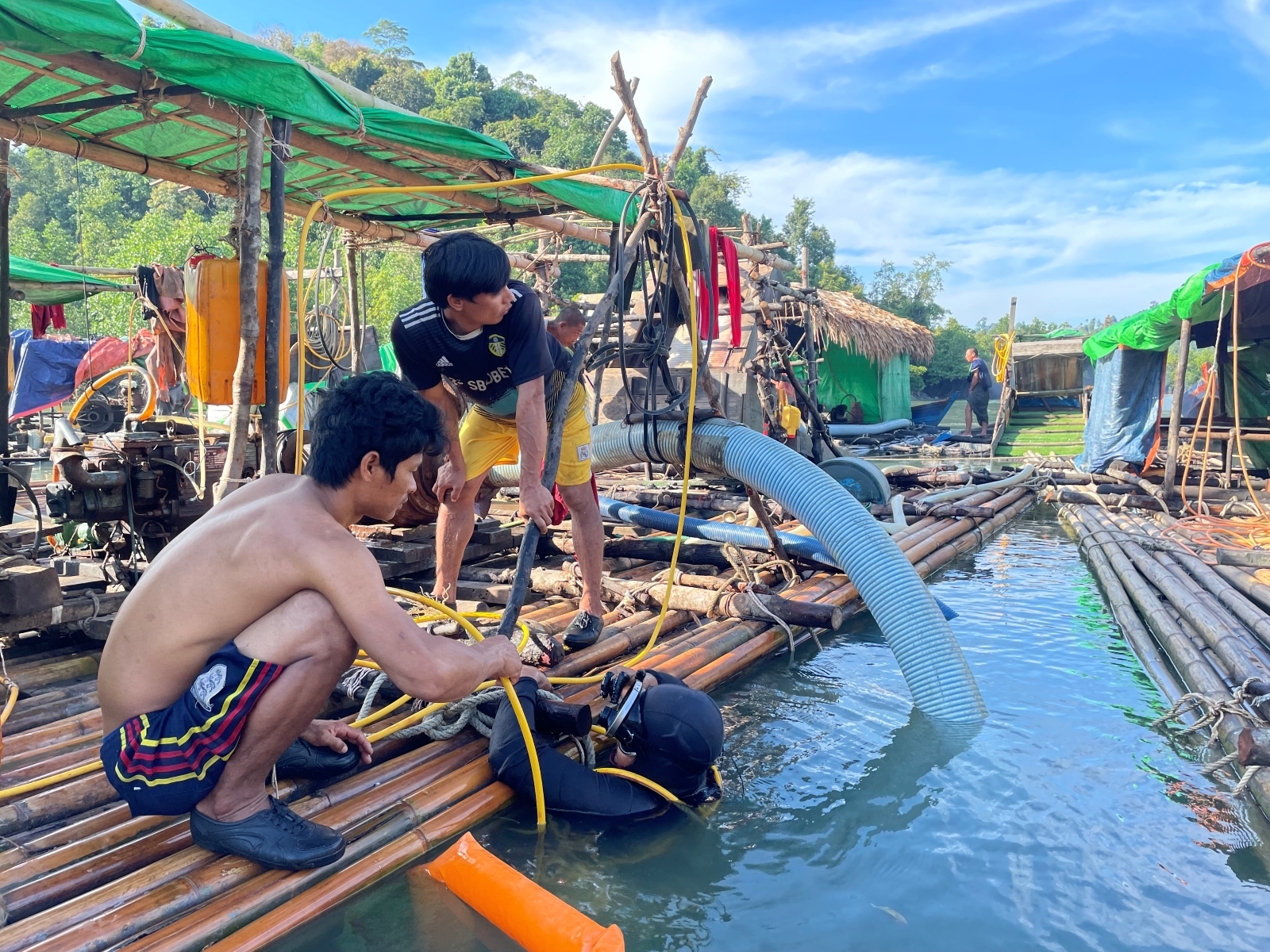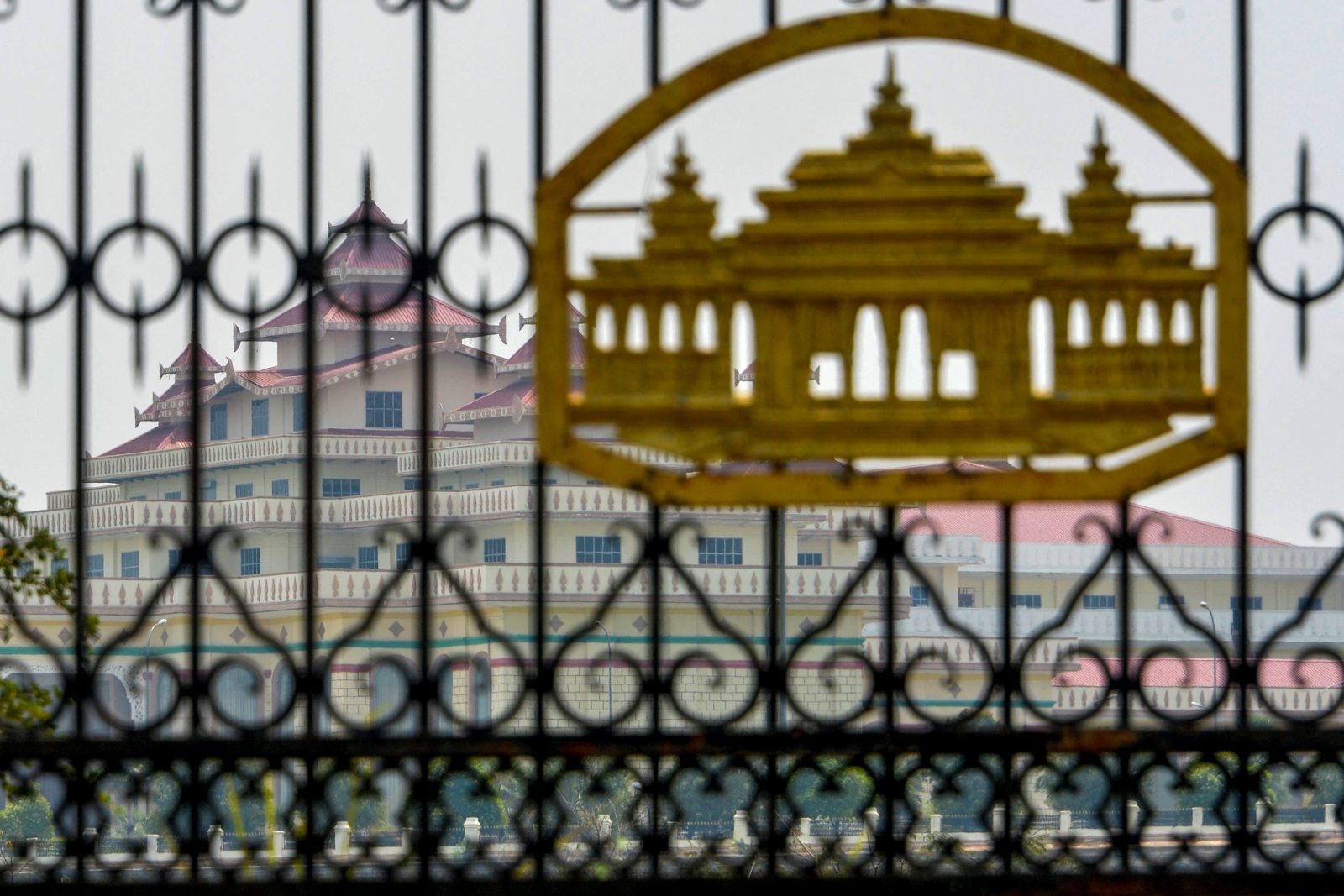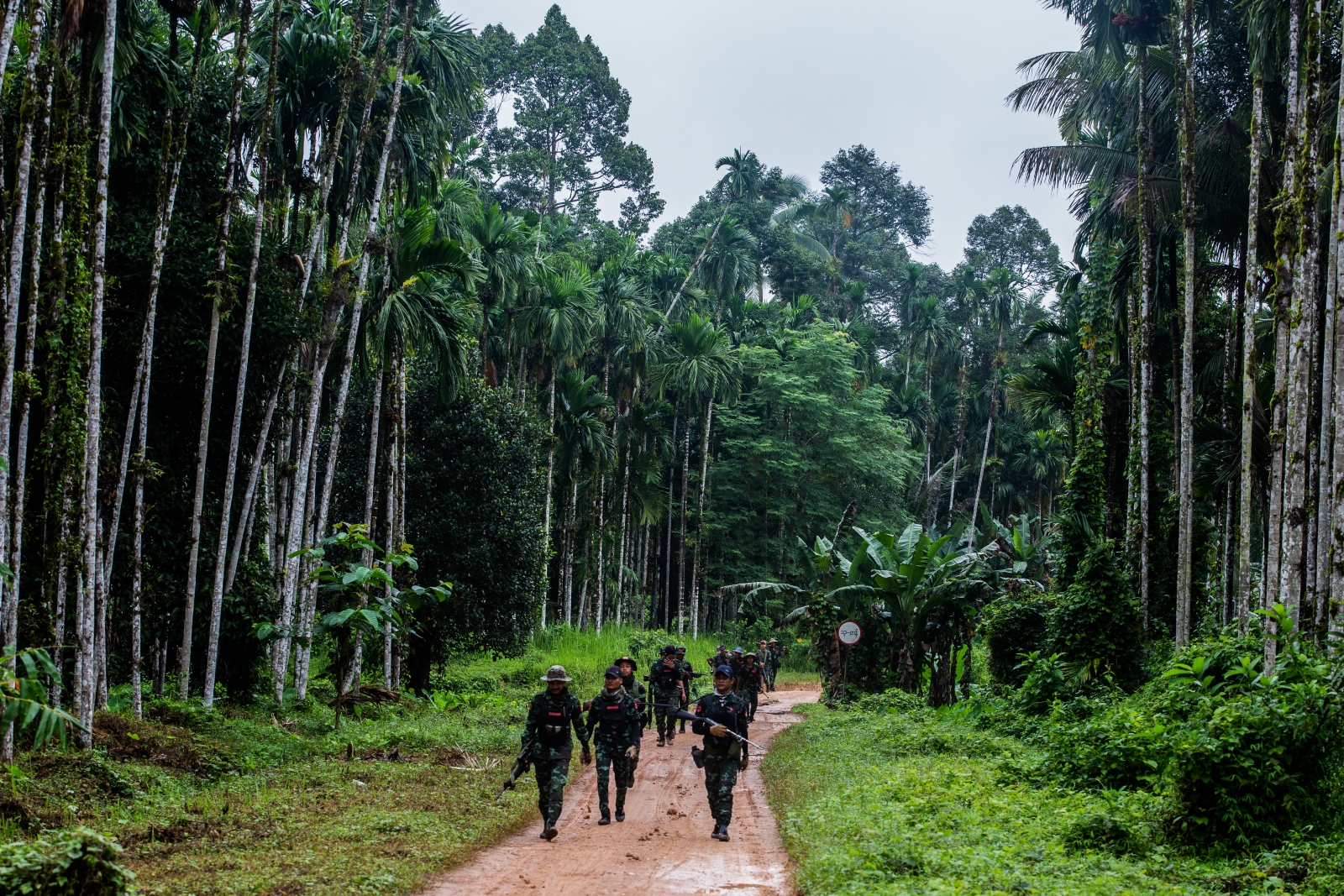By NAW BETTY HAN | FRONTIER
YANGON — Plans to build dams on the Tanintharyi River would affect about 32,000 people in communities that have never been adequately consulted, according to a report by three Karen civil society groups that calls for a halt to the projects.
The report says there are 18 memorandums of understanding to build dams on the river, but “local communities have received no information on their location, size or status”.
It calls on the Tanintharyi regional government to provide full information to affected communities and civil society about the planned dams, which it says could also have a catastrophic impact on aquatic ecosystems and vast pristine forests, and pose a threat to the peace process.
The report, Blocking a bloodline: Indigenous communities along the Tanintharyi River fear the impact of large scale dams, compiled by the Candle Light Youth Group, Southern Youth and Tarkapaw Youth Group, was released in Yangon on August 9 to mark the International Day of the World’s Indigenous Peoples.
Support more independent journalism like this. Sign up to be a Frontier member.
The waterway, one of southern Myanmar’s largest free-flowing rivers, forms at the confluence of the Ban and Kamoethway rivers in Tanintharyi’s Dawei District and flows along the Tanintharyi Valley before emptying into the Andaman Sea at Myeik.
The river is the bloodline of 32,008 people from 6,118 households, who live in 76 villages along its banks and depend on it as a vital source of food, water and transportation, the report says.
It focuses heavily on plans by a Thai company, Greater Mekong Sub-region Power Public Co Ltd, to build a 1,040 megawatt hydropower project on the river, but notes there are conflicting reports about capacity, with the International Finance Corporation and Asian Development Bank putting the dam’s size at 600MW.
“Communities have never been fully informed of dam plans and so correct information is difficult to ascertain,” the report says.
“Communities also fear that the construction of the dam may put new pressure on a fragile peace process between the Karen National Union and the central Myanmar government, risking a return to armed conflict.”
There are 76 villages along the river, of which only four have not been affected by decades of civil conflict, a list in the report shows.
“We have found that the construction of this dam could displace up to 7,000 people in 32 villages along the upper reaches of the Tanintharyi River,” Naw Paw Say Wah, coordinator of Candle Light Group, said at a report launch in Yangon on August 9.
The dam proposed by GMS would submerge an area of 144,557 acres (58,500 hectares) and would also have serious impacts on the lives and livelihoods of over 23,000 people who live downstream of the proposed project, she added.
The report is based on interviews with more than 1,200 people who live along the river and highlighted its importance for their communities.
“The river is the lifeblood for us indigenous people,” said Saw Than Naing, a resident of Tharabwe East village. “We depend on it for our food, our water and our transportation. We will not be able to survive without it.”
The report says affected communities call on the government, the KNU and dam developers “to listen to their voices and refrain from moving ahead with projects which will adversely impact them and the surrounding environment”.
It calls on the Union government to adopt a new energy policy with the needs, lives and rights of citizens at its centre, abandon plans for large dams in Myanmar and uphold the principles of the 2015 Nationwide Ceasefire Agreement by refraining from moving forward with projects in ceasefire areas without the full coordination and cooperation of the KNU.
Recommendations to the Tanintharyi regional government urge it to pursue an alternative development path as well as providing full project information in line with principles of transparency and accountability.
The KNU is urged to uphold principles of transparency and accountability in all business activities and to put the interests of local communities are the centre of its decisions.
The report calls on GMS and other investors and dam developers to provide affected communities and civil society with all relevant information about plans to build dams on the river. It also asks dam builders to respect the right of local communities to free, prior and informed consent (FPIC) before moving forward with dam projects.
“This FPIC process must be a transparent and democratic process with the full participation of communities and civil society,” it says.
Saw Albert, project coordinator of the Tenasserim River & Indigenous People Network, said local people are skilled at natural resource management and have a deep knowledge of the area’s biodiversity.
“The local are ready to participate in the FPIC process, which [should] be implemented with local communities and residents together,” he said.


